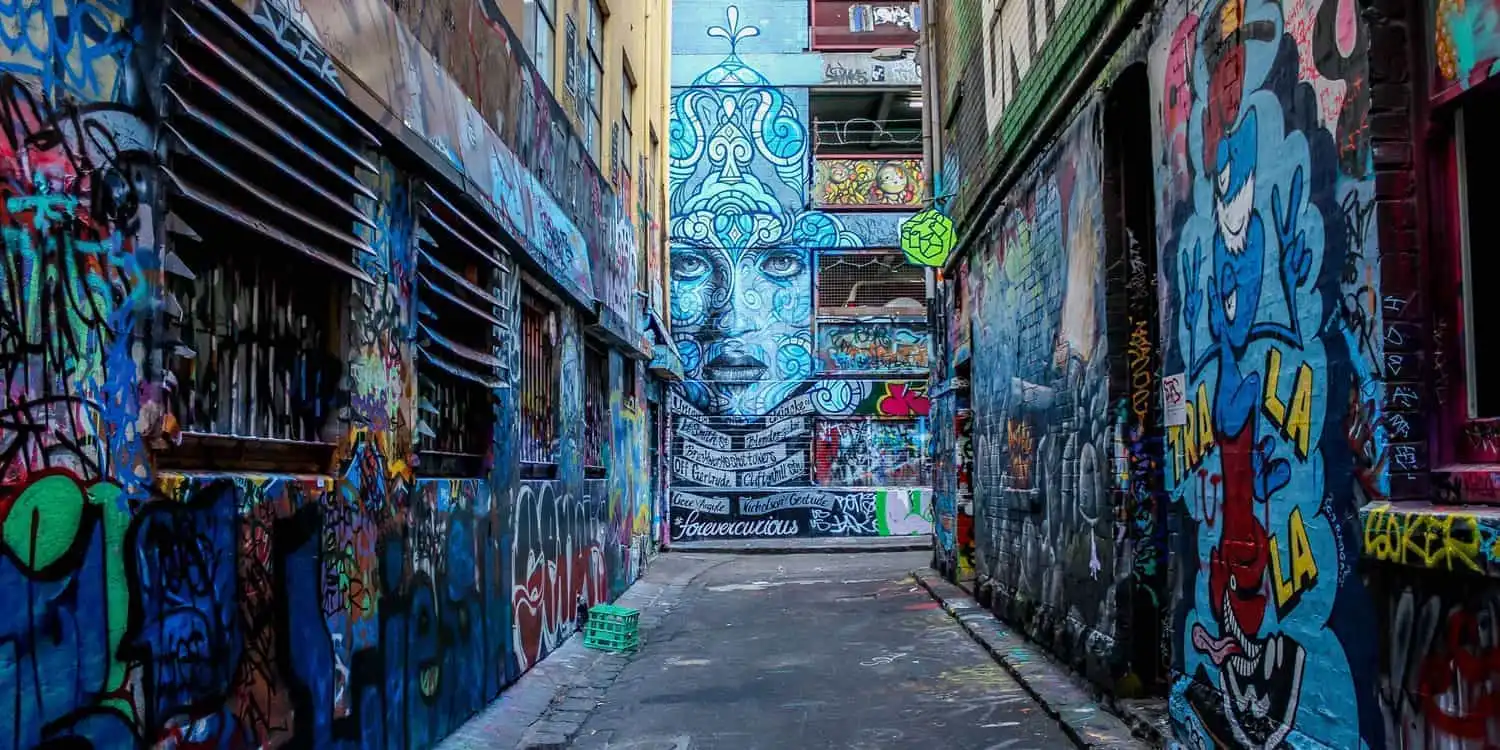New Yorkers used to see the graffiti on the walls of poor neighbourhoods and subway trains as something menacing and an example of urban decay. The scrawled names and slogans were seen as unsightly and aggressive, the work of vandals seeking to express their identities or even make a political point. Up to the 1970s, most New Yorkers hated graffiti, considering it as an eyesore that was illegal and punishable by fines.
Since those days, graffiti has changed a lot and it is no longer found only in the subway and the poor ghetto areas of the city. Nowadays, it has the status of 'street art' and you get graffiti in places where you wouldn't expect to - in advertisements, on clothes, on toys, and even on the Wall Street Journal's official website! In the early 1980s, there was a real craze for graffiti art and the sophisticated Manhattan art world had displays of street art in its galleries. The trend was short-lived - until the arrival of hip-hop music in the late 80s.
In her book, Subway Art, Martha Cooper says "Graffiti came back with hip-hop music and people are now appreciating it for its style, which they couldn't back then, because they couldn't get beyond the vandalism thing." Hip-hop was originally black ghetto music, sung by young African Americans from the poor, run-down districts of American cities. When it suddenly got to the top of the American music charts, hip-hop culture was spread, bringing graffiti with it.
Today companies are starting to realise the appeal of graffiti in advertising. Kel Rodriguez, who used to spray New York subway trains, was the artist chosen to design the Wall Street Journal's website and it is obviously done in graffiti-style. "Some of that graffiti feeling, that energy, sort of got in there," Rodriguez explained. Many of this new wave of artists give lectures on developments in their art. Lee Quindnesis having a lot of success in Europe and feels that European galleries and museums are more open to his art form. "They want to support an artist as he develops," comments Quinones, who can get up to $10,000 for his paintings. Indeed, the Groninger Museum in Holland is one of the few museums in the world that displays and recognizes graffiti as an art form.
Another artist, Blade, has his own website devoted only to the world of graffiti. This website has a 'merchandise page' where Blade sells things with his own original designs all over the world - everything from baseball caps to yo-yos! Leonard McGurr, a street artist for 25 years, went from painting subway trains to designing and marketing graffiti-inspired clothes for young people. "Graffiti has been a story of survival," he says. "There's a way to benefit from your work without spoiling public property."
Репетитор по английскому языку в Москве на Study.ru.
В базе 102 репетиторов со средней ценой 1133







Комментарии (0)
Чтобы оставить свой комментарий пройдите авторизацию на сайте!